Compared to its predecessors, Bayonetta 3 is a much more serious game. There’s not as much levity and quirky humor given the focus of the plot, which is a shame since irreverence was one of the calling cards of past entries. Those moments are there, but they feel drowned out by the melodrama and convoluted explanations the plot tries to present us. By the time I was gearing up for the end of Bayonetta 3, I was craving some weird-ass moment to bring back the levity, and then I finally got one — a rhythm game involving a frog and opera. It was also the hardest challenge in the game.
At the climax of Chapter 12, Bayonetta summons Baal, one of her demon companions that is a giant poison-spewing frog, and through an over-the-top ritual, Baal is able to transform into her true self, a gorgeous opera singer named Baal Zebul. Bayonetta 3 then shifts into a rhythm game section where Baal Zebul sings around Paris and destroys a bunch of parasitic insects as they fly at you in an attempt to possess Bayonetta. By controlling Baal Zebul’s singing, and with the support of demon glow sticks and sudden pyrotechnics, you’re able to defeat the insects and beat the bad guy of the chapter.
So what makes this so hard? On the surface, nothing much. If an insect hits you or you miss a note, it barely does any damage. It’s basically a spectacle dedicated to being completely over the top. The challenge comes from the Bewitchment system, a series of achievements focused on each chapter. Some Bewitchments have you defeat an enemy with a certain weapon, beat a challenge in a certain amount of time, or play a stage as a particular character. None of them are too complicated, and the Bewitchment associated with Baal Zebul seems simple on the surface: beat her music section without taking any damage.
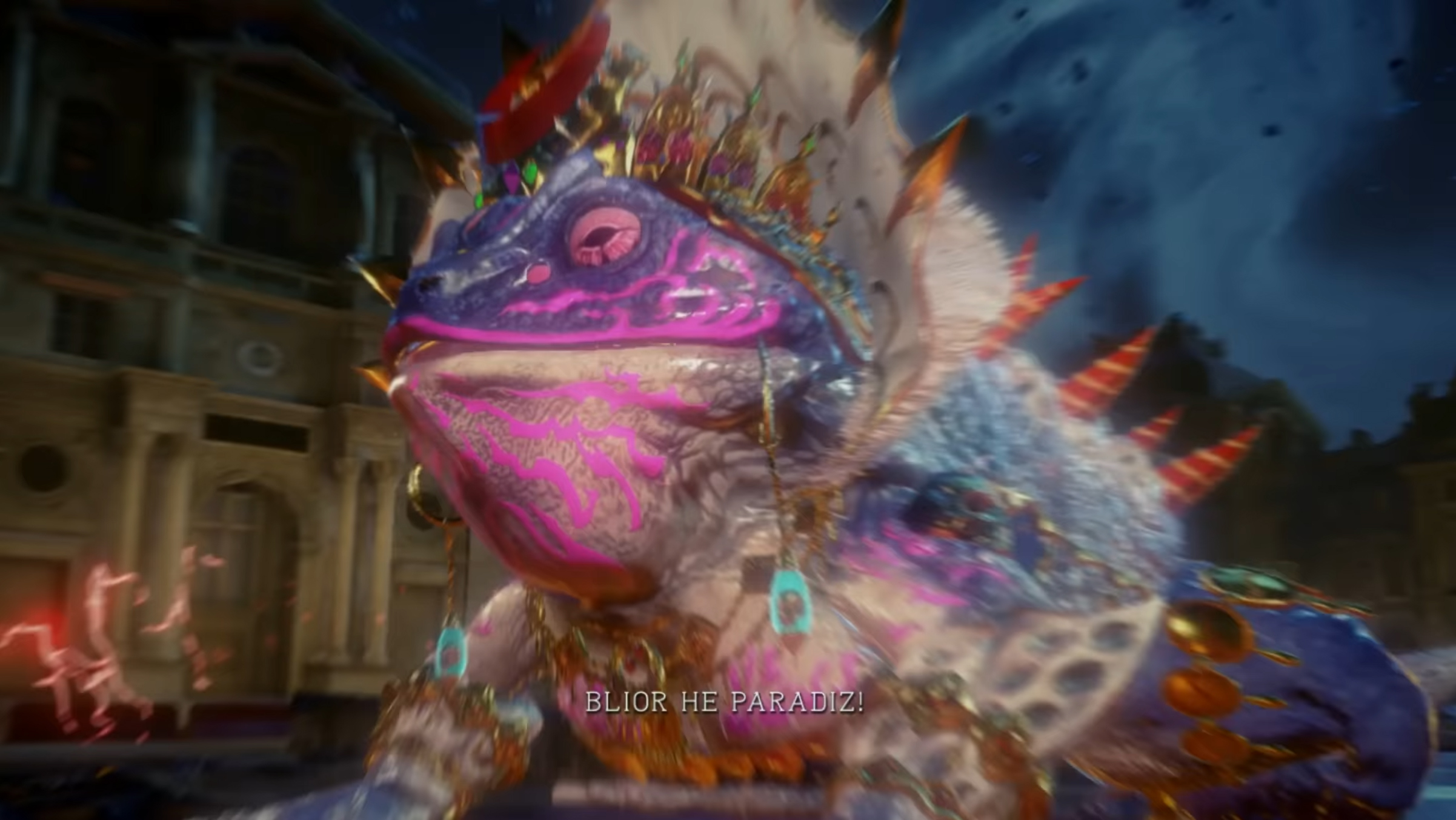
Baal Zebul is easy to control. There are only three buttons you have to worry about, and you don’t even need to hit them on the beat. You just need to hit the Y, X, or A button to put up a screen that will destroy the bugs, and hitting the button moves the screen to another position. The song is broken up into three sections, with the first section being simple enough. The bugs fly at you, you hit the button — nothing to it. But then the bugs start to appear at different places, then shift to another button. Then Baal Zebul changes the pace of the song. Then you realize the bugs aren’t attacking to the beat of the song; they’re attacking to the notes that Baal Zebul sings. Except then it changes back to the beat of the song without your noticing it.
The sequence itself only lasts a little over two minutes, but the amount of bugs that fly at you is ludicrous and requires pure and utter memorization not only of the song, but of the amount of insects that come in each sequence. So many times towards the end of the first sequence, when Baal Zebul decided to go staccato and punctuate each note before transitioning right back to legato, a single bug would hit me in the shift and make me restart the section.
When I first restarted, I realized that you can go to the chapter select screen, but if you do, you have to fight the boss immediately before Baal Zebul before you can have a shot at the challenge again. The checkpoint system in Bayonetta 3 is great and helps make replaying certain sections a breeze, but I had to fight this exact same boss countless times just to attempt the challenge again.
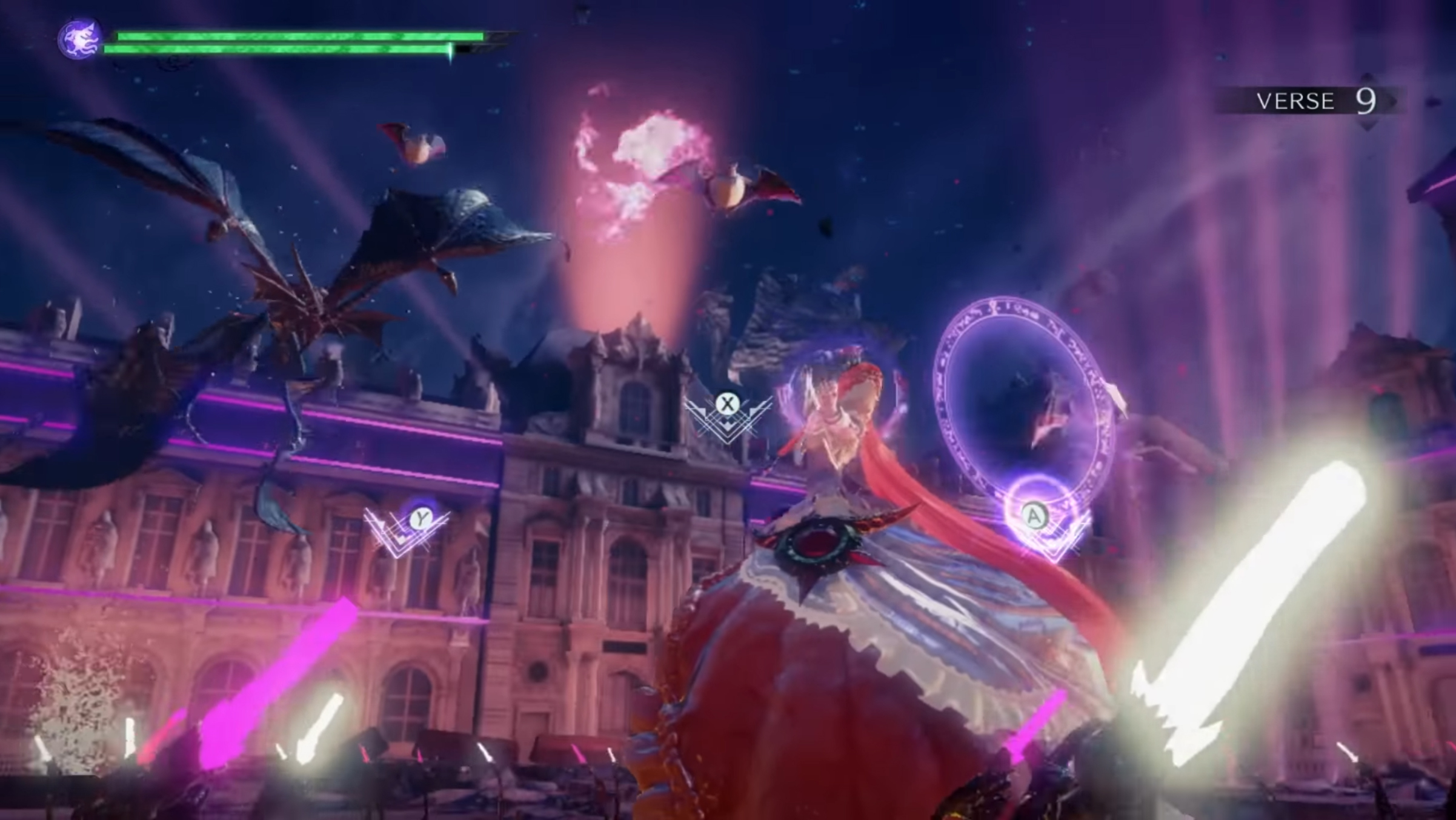
I eventually discover purely at random that, if you go to the Bayonetta 3 title screen instead of going to the chapter select screen, you can skip the fight and just pick up from the rhythm game section. Even then, it doesn’t change the fact that I have to watch the same minute-long summoning sequence and hear Baal Zebul speak in wonder at the huge crowd that is present for her because you can’t skip that cutscene.
So I eventually get the first sequence down and the shorter second section pretty easily. But then the third section has everything go off the rails as the game just throws everything at you. The pyrotechnics and the glowstick demon hands start to make the screen too visually chaotic to see the bugs. Even then, everything surrounding Baal Zebul is red and purple, so the boss decides to start throwing red and purple enemies at you that blend into the visual garbage behind them. It becomes almost impossible to see any of the enemies coming at you because of the visual chaos, including the green bugs that used to be so easy to see. And again, one hit and you go back to square one for completing the Bewitchment.
But then, I did it. Or at least I thought I did it. I felt that I had completed the sequence perfectly without a single insect attacking me and the Bewitchment jingle would chime in letting me know I had won. Except it didn’t. Even when going to the results screen, it didn’t show, and that was because I got hit once. A single insect hit me and did such an insignificant amount of damage that I didn’t even notice it. And since I beat the stage, I couldn’t just go back to the title screen. I had to beat the boss’s first phase yet again.
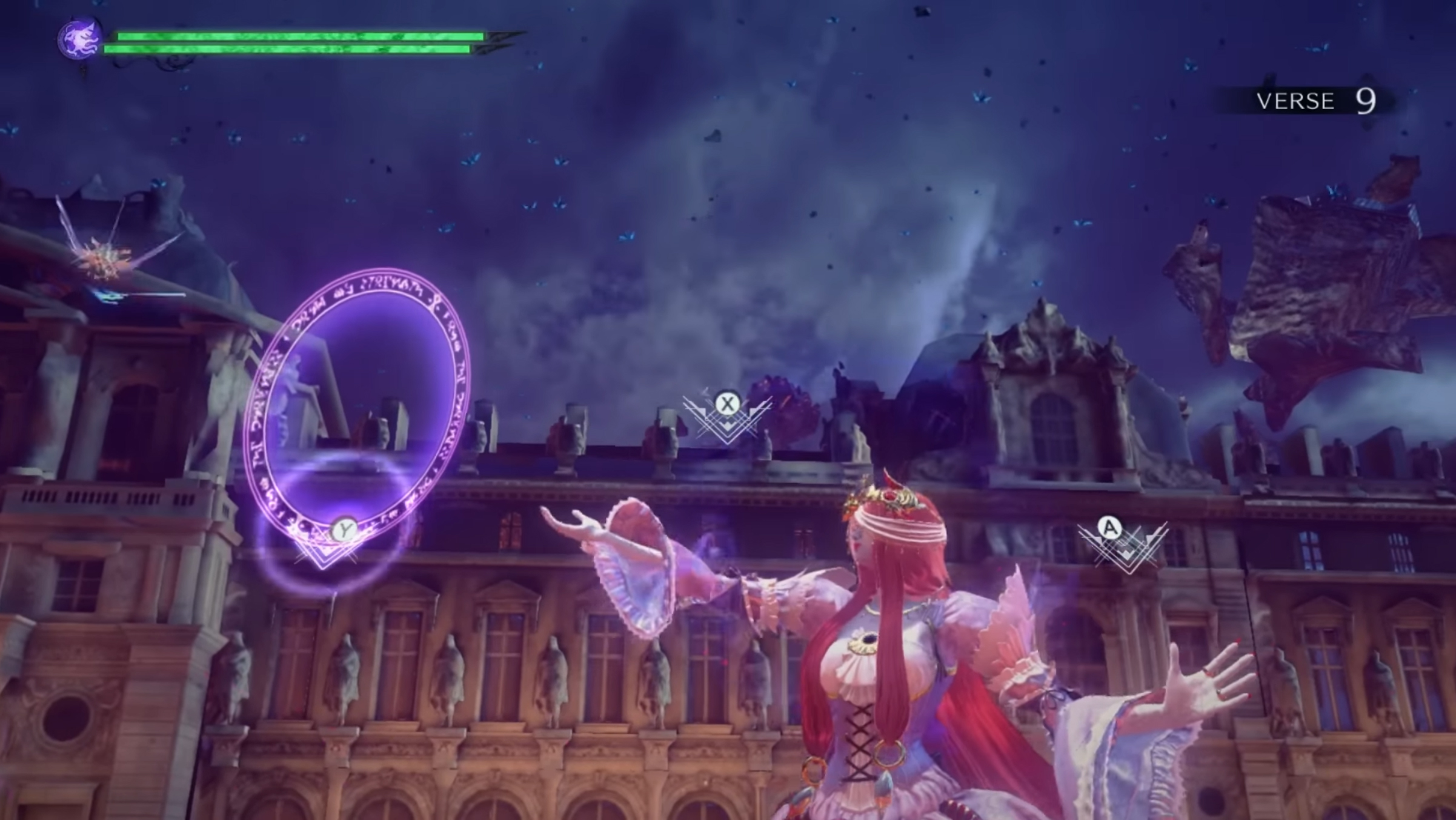
After two-and-a-half hours of attempts — fighting that first boss again, watching Baal Zebul’s transformation, and inching my way closer to the ending — I finally did it. I perfected the challenge, and the jingle popped up. In a game with fast-paced action, I never would have thought that a rhythm section would get the better of me, but how wrong I was.
The secret boss was easier to fight than this because then I could at least spam a few demon summons and abuse Witch Time to eke out a victory. Not so with Baal Zebul. It demanded meticulous perfection and tried to stop me at every chance it could get. I beat it, but like Mr. Incredible, if anyone ever asked me to do it again, the PTSD would flow through me and I would have to weakly tell them that I’m not strong enough. I can’t handle the operatic J-pop frog.

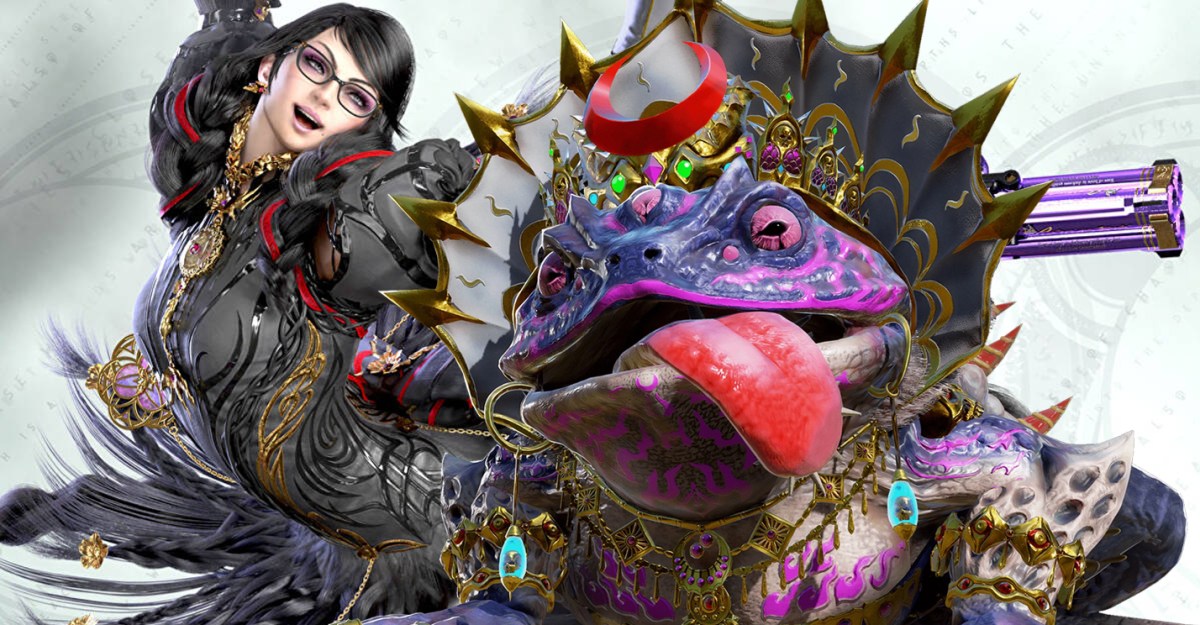



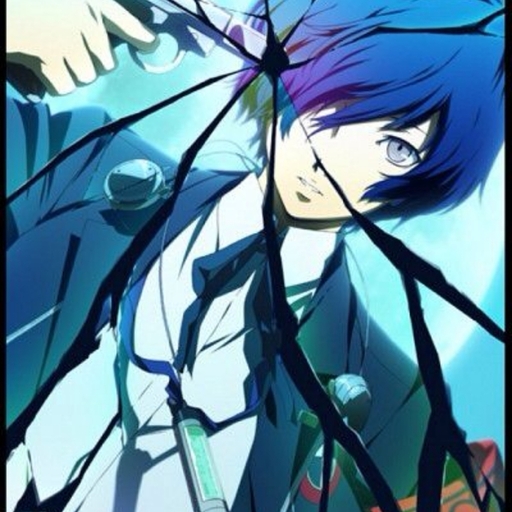
Published: Nov 17, 2022 11:00 am